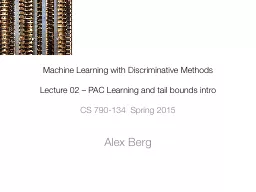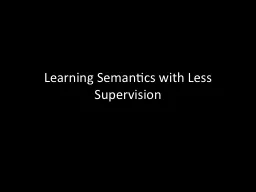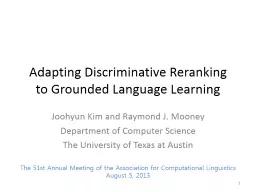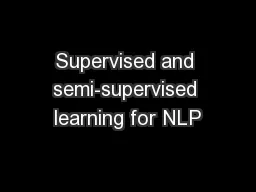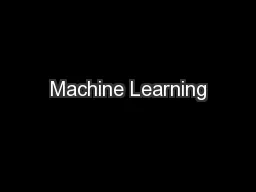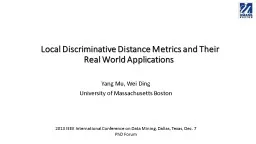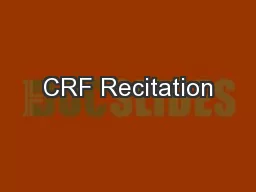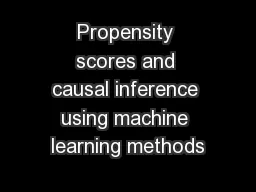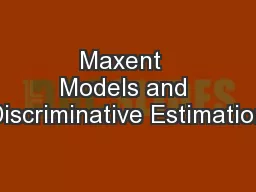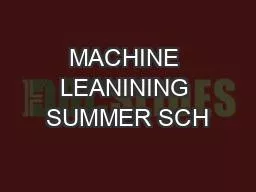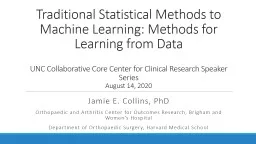PPT-Machine Learning with Discriminative Methods
Author : titechas | Published Date : 2020-06-23
Lecture 02 PAC Learning and tail bounds intro CS 790134 Spring 2015 Alex Berg Todays lecture PAC Learning Tail bounds Rectangle learning Hypothesis
Presentation Embed Code
Download Presentation
Download Presentation The PPT/PDF document "Machine Learning with Discriminative Met..." is the property of its rightful owner. Permission is granted to download and print the materials on this website for personal, non-commercial use only, and to display it on your personal computer provided you do not modify the materials and that you retain all copyright notices contained in the materials. By downloading content from our website, you accept the terms of this agreement.
Machine Learning with Discriminative Methods: Transcript
Download Rules Of Document
"Machine Learning with Discriminative Methods"The content belongs to its owner. You may download and print it for personal use, without modification, and keep all copyright notices. By downloading, you agree to these terms.
Related Documents

